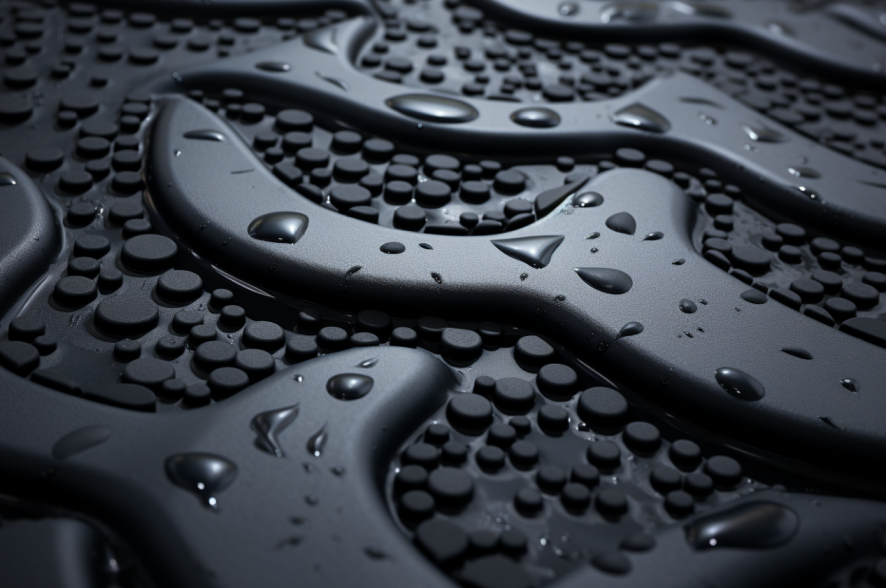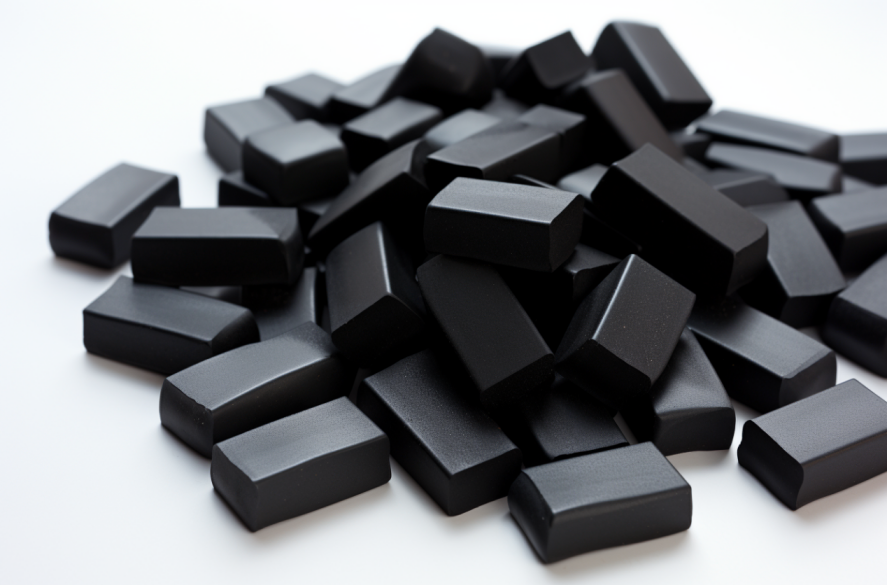CBS in Rubber Compounding: Benefits and Applications
19/01/2024
CBS in rubber compounding (N-cyclohexyl-2-benzothiazolesulfenamide) is a highly effective accelerator used in the rubber industry to speed up the vulcanization process of rubber compounds. It is a sulfenamide accelerator that offers excellent scorch safety and fast cure rates. CBS is widely used in the production of tires, belts, hoses, and other rubber products due to its ability to improve the mechanical properties of rubber compounds.
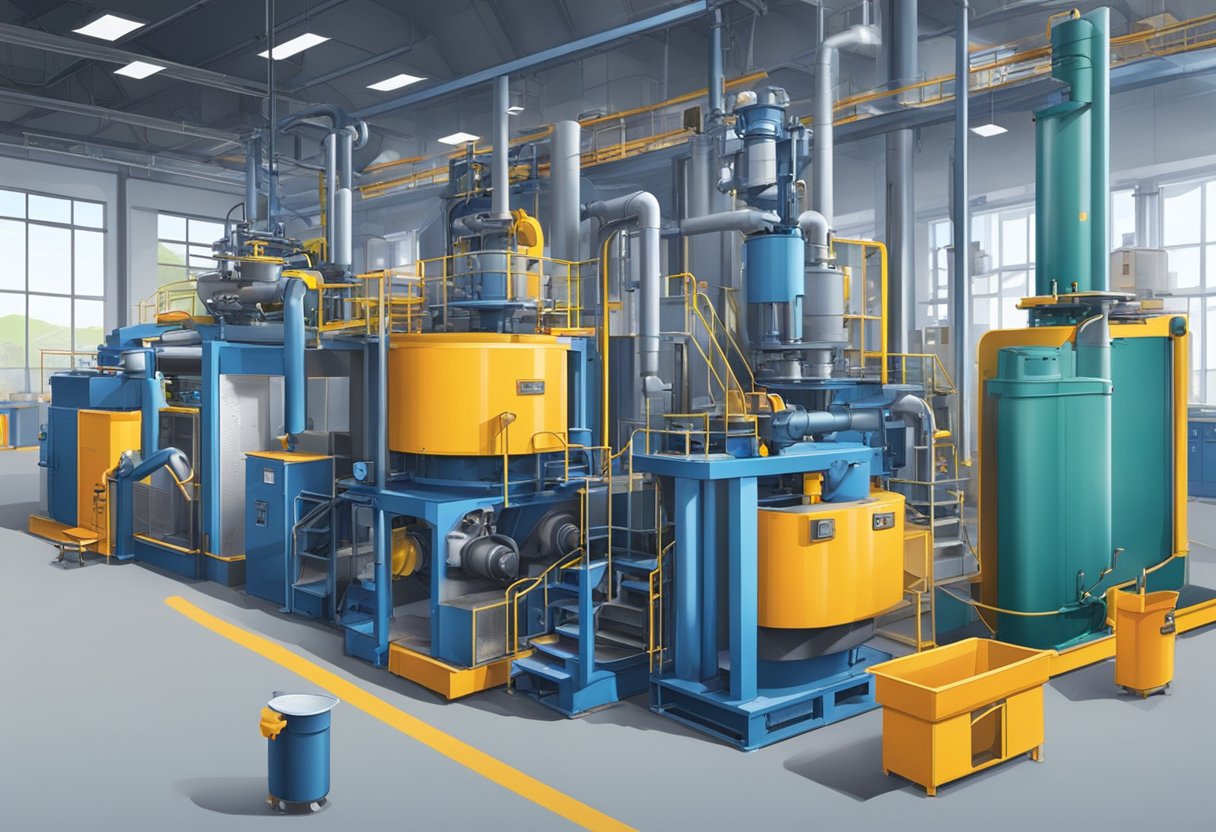
CBS is a secondary accelerator that is typically used in combination with primary accelerators such as MBT (2-mercaptobenzothiazole) or MBTS (2,2′-dibenzothiazyl disulfide) to achieve optimum curing properties. CBS is known for its ability to improve the tensile strength, modulus, and elongation at break of rubber compounds. It also enhances the aging resistance and heat resistance of rubber products, making them more durable and long-lasting.
Fundamentals of CBS in Rubber Compounding
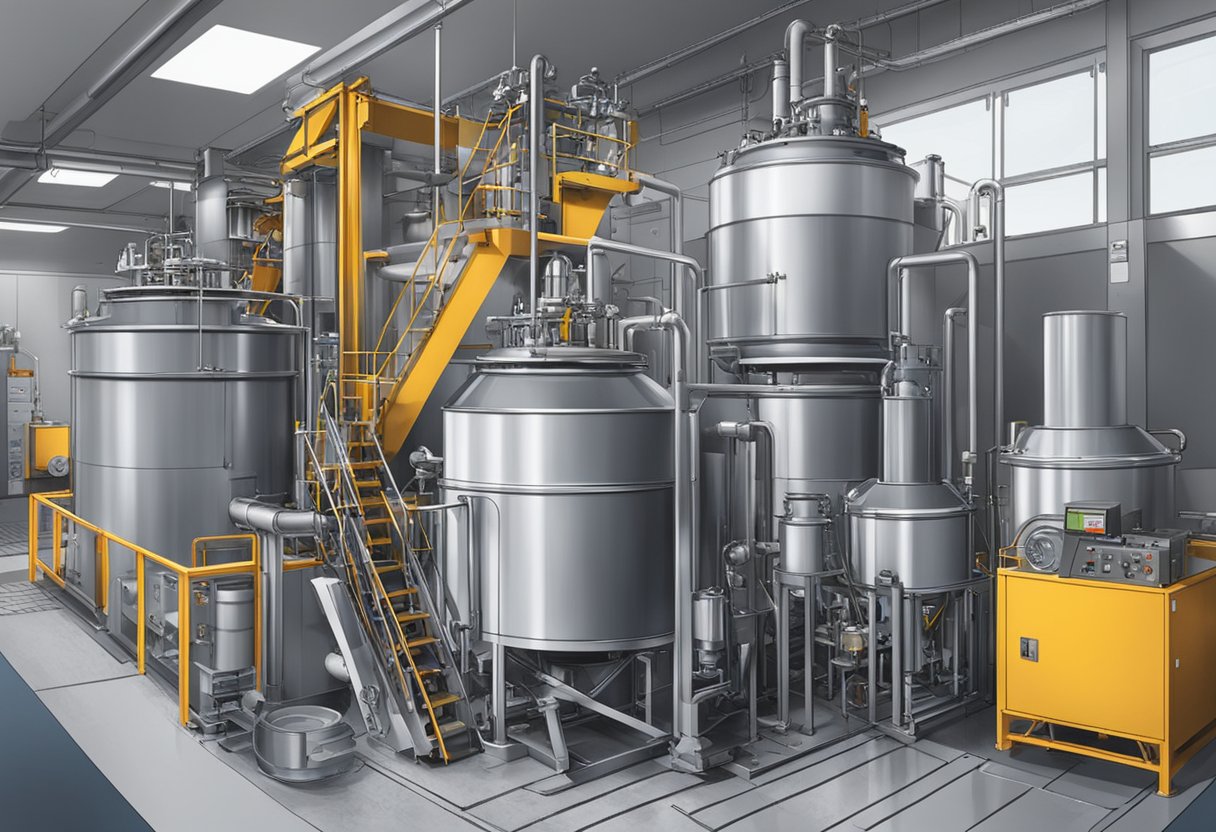
CBS (N-cyclohexyl-2-benzothiazolesulfenamide) is a widely used accelerator in rubber compounding. It is a sulfenamide type accelerator that is known for its fast cure rate and good scorch safety. CBS is commonly used in the production of tires, hoses, and other rubber products.
CBS works by reacting with sulfur to form a cross-linking network in the rubber. This network improves the mechanical properties of the rubber, such as its tensile strength and elasticity. CBS also improves the aging resistance of the rubber, making it more durable over time.
CBS is typically used in combination with other accelerators, such as MBTS (2-mercaptobenzothiazole disulfide) or TBBS (N-tert-butyl-2-benzothiazolesulfenamide), to achieve the desired cure rate and scorch safety. The combination of accelerators can also improve the overall performance of the rubber, such as its wear resistance and heat resistance.
When using CBS in rubber compounding, it is important to consider its potential health hazards. CBS can cause skin and eye irritation, and prolonged exposure can lead to respiratory problems. Proper protective equipment, such as gloves and respirators, should be worn when handling CBS.
In conclusion, CBS is a valuable accelerator in rubber compounding that can improve the mechanical and aging properties of rubber products. However, its potential health hazards must be taken into consideration and proper safety measures should be followed when handling CBS.
Chemical Properties of CBS
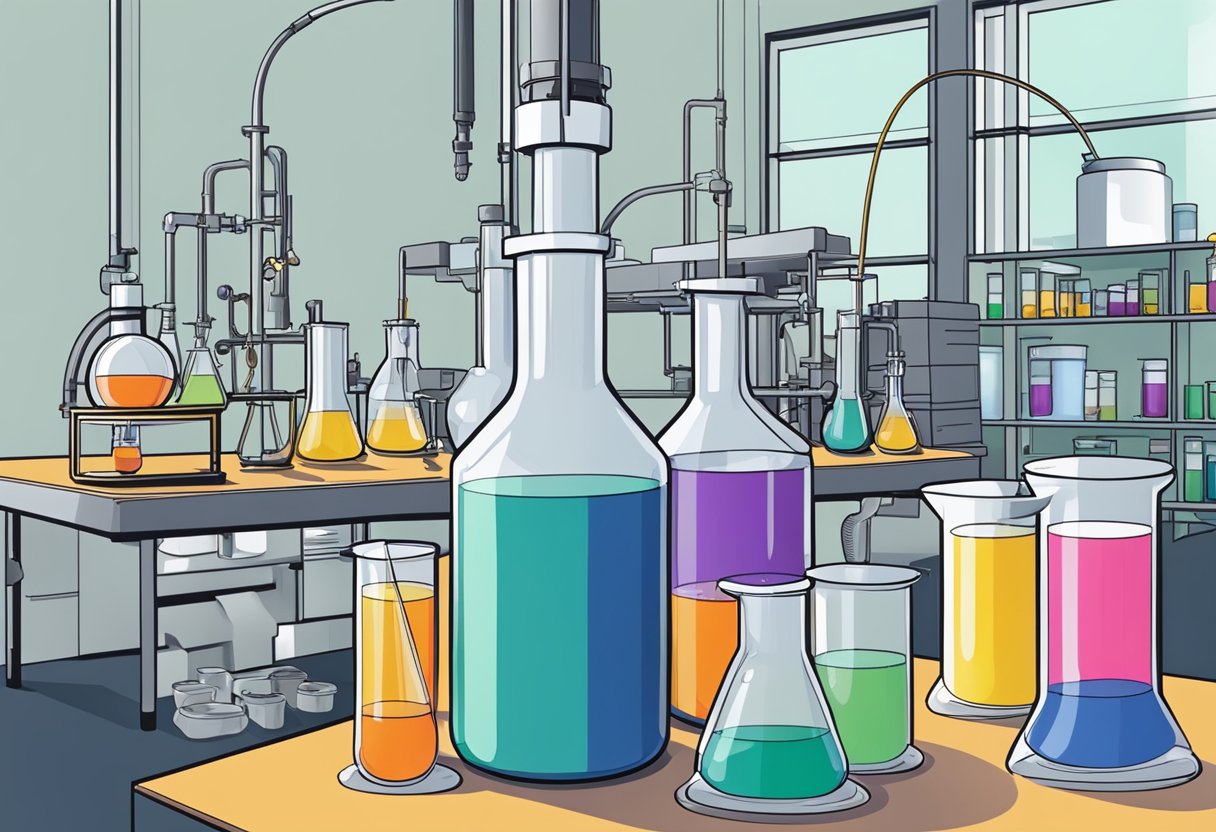
CBS, or N-cyclohexyl-2-benzothiazolesulfenamide, is a widely used accelerator in rubber compounding. It is a secondary accelerator, meaning it is used in combination with a primary accelerator to achieve the desired curing rate.
CBS has a molecular weight of 264.4 g/mol and a chemical formula of C13H16N2S2. It is a grayish-white powder with a melting point of 98-100°C and a boiling point of 320°C.
One of the key chemical properties of CBS is its ability to form sulfenamide bonds with the rubber molecules during the curing process. This results in the formation of crosslinks, which give the rubber its strength and elasticity.
CBS is soluble in acetone, benzene, and toluene, but insoluble in water. It is stable under normal storage conditions, but can degrade when exposed to heat, light, or moisture.
Overall, CBS is a reliable and effective accelerator for rubber compounding, providing good curing rates and excellent physical properties in the final product.
Role of CBS in Vulcanization

CBS or N-cyclohexyl-2-benzothiazolesulfenamide is a commonly used accelerator in rubber compounding. It plays a crucial role in the vulcanization process by accelerating the sulfur cross-linking and enhancing physical properties of the final product.
Accelerating Sulfur Cross-Linking
CBS is a thiazole-based accelerator that promotes the formation of sulfur cross-links between rubber molecules during vulcanization. It works by reacting with the sulfur and forming a complex that facilitates the cross-linking process. This results in a more stable and durable rubber product.
CBS is particularly effective in promoting the cross-linking of natural rubber and synthetic rubbers such as SBR, NBR, and EPDM. It is also compatible with other accelerators such as MBTS and TBBS, which can improve the efficiency of the vulcanization process.
Enhancing Physical Properties
In addition to accelerating the cross-linking process, CBS also enhances the physical properties of the rubber product. It improves the tensile strength, tear resistance, and abrasion resistance of the rubber, making it more durable and long-lasting.
CBS is also known for its ability to improve the aging properties of rubber. It reduces the rate of oxidation and degradation, which can extend the lifespan of the rubber product.
Overall, CBS is an essential ingredient in rubber compounding. Its ability to accelerate sulfur cross-linking and enhance physical properties makes it a valuable tool for producing high-quality rubber products.
Operational Parameters
Mixing Techniques
Mixing techniques play a critical role in determining the quality and properties of rubber compounds. The two most common mixing techniques employed in CBS rubber compounding are the open mill mixing and internal mixer techniques.
Open mill mixing involves the use of a two-roll mill to mix the rubber compound. The process involves feeding the rubber into the mill, which is then mixed and rolled out into sheets. This technique is suitable for small-scale production and is ideal for formulating rubber compounds with high filler loading.
Internal mixing, on the other hand, involves the use of an internal mixer, which is a high-capacity mixing machine that can process large quantities of rubber. This technique is more efficient than open mill mixing and is ideal for large-scale production. The internal mixer produces a more homogeneous mix, and the mixing time is significantly shorter than that of open mill mixing.
Temperature Considerations
Temperature is a critical parameter in CBS rubber compounding. The mixing temperature affects the rate of vulcanization, the mechanical properties of the rubber, and the final product’s quality. The mixing temperature should be carefully controlled to achieve the desired properties of the final product.
The mixing temperature should be maintained within a specific range to ensure optimal results. The range is dependent on the type of rubber compound being produced, the mixing technique employed, and the processing equipment used. Generally, the mixing temperature should be between 140°C and 180°C for open mill mixing and between 150°C and 190°C for internal mixing.
In conclusion, the operational parameters of CBS rubber compounding are critical to achieving the desired properties of the final product. Mixing techniques and temperature considerations should be carefully controlled to ensure optimal results. The use of appropriate equipment and careful monitoring of these parameters is essential to achieve the desired quality and properties of the final product.
Formulation Strategies
CBS is a widely used accelerator in rubber compounding due to its excellent scorch safety and curing properties. The following subsections discuss some of the formulation strategies that can be used with CBS.
CBS with Other Accelerators
CBS is often used in combination with other accelerators to achieve specific properties in the final product. For example, CBS can be combined with TBBS to improve the cure rate and scorch safety of the compound. Alternatively, CBS can be used with DPG to improve the aging properties of the compound. The choice of accelerator combination depends on the specific requirements of the application.
Effect on Compound Rheology
CBS can have a significant effect on the rheology of the compound. The addition of CBS can increase the viscosity of the compound, which can affect the processing behavior and final product properties. However, the effect of CBS on the compound viscosity can be minimized by using appropriate processing techniques and compounding conditions. It is important to optimize the formulation and processing parameters to achieve the desired properties in the final product.
In summary, CBS is a versatile accelerator that can be used in a variety of rubber compounds. By using appropriate formulation strategies, CBS can be combined with other accelerators to achieve specific properties in the final product. Additionally, the effect of CBS on the compound rheology can be minimized by optimizing the formulation and processing parameters.
Performance Characteristics
CBS is a popular accelerator used in rubber compounding due to its excellent performance characteristics.
Abrasion Resistance
One of the key benefits of CBS is its ability to improve the abrasion resistance of rubber compounds. This is particularly important in applications where the rubber will be subjected to heavy wear and tear, such as in tire treads and conveyor belts. CBS can help to extend the life of these products by reducing the rate of wear and improving their overall durability.
Aging Stability
Another important characteristic of CBS is its ability to improve the aging stability of rubber compounds. Rubber products can be susceptible to degradation over time due to exposure to heat, light, and other environmental factors. CBS helps to slow down this process by reducing the rate of oxidation and other forms of chemical breakdown. This can help to extend the useful life of rubber products and improve their overall performance.
Overall, CBS is a reliable and effective accelerator that offers a range of performance benefits for rubber compounding applications. Its ability to improve abrasion resistance and aging stability make it a popular choice for a wide range of products and industries.
Environmental and Safety Aspects
Regulatory Compliance
CBS (N-cyclohexyl-2-benzothiazolesulfenamide) is a widely used accelerator in the rubber industry. However, it is important to note that CBS is classified as a hazardous substance and is subject to regulatory requirements. Manufacturers and users of CBS must comply with various environmental and safety regulations, including but not limited to those related to handling, storage, transportation, and disposal of the substance.
In the United States, CBS is regulated by the Environmental Protection Agency (EPA) under the Toxic Substances Control Act (TSCA). CBS is listed on the TSCA Inventory and is subject to various reporting and recordkeeping requirements. In addition, CBS is regulated by the Occupational Safety and Health Administration (OSHA) under the Hazard Communication Standard (HCS) and the Process Safety Management (PSM) standard.
Handling and Storage
Proper handling and storage of CBS is critical to ensure the safety of workers and the environment. CBS should be stored in a cool, dry, and well-ventilated area away from sources of heat, ignition, and incompatible materials. CBS should be kept in its original container and labeled with appropriate hazard warnings and handling instructions.
When handling CBS, workers should wear appropriate personal protective equipment (PPE) such as gloves, goggles, and respiratory protection. Workers should also follow good hygiene practices, such as washing hands thoroughly after handling CBS.
In conclusion, regulatory compliance and proper handling and storage of CBS are essential to ensure the safety of workers and the environment. Manufacturers and users of CBS should be aware of the regulatory requirements and take appropriate measures to minimize the risks associated with the substance.
Innovations in CBS Applications
Nanocomposites
One of the most promising innovations in CBS applications is the use of nanocomposites. These materials have unique properties that make them ideal for use in rubber compounding. For example, they can improve the mechanical properties of rubber, increase its durability, and reduce its weight.
Nanocomposites are made by combining a small amount of nanoparticles with rubber. These nanoparticles can be made from a variety of materials, including clay, carbon, and metal oxides. When these particles are added to rubber, they form a network that enhances its strength and stiffness.
Green Tires
Another area of innovation in CBS applications is the development of green tires. These tires are designed to be more environmentally friendly than traditional tires, by reducing their impact on the environment during their production, use, and disposal.
Green tires are made using a variety of materials, including natural rubber, synthetic rubber, and renewable resources. They also incorporate innovative technologies, such as low rolling resistance, which reduces fuel consumption and emissions.
Overall, these innovations in CBS applications are helping to improve the performance and sustainability of rubber products. With ongoing research and development, it is likely that we will continue to see new and exciting applications of CBS in the future.
Market Trends and Future Outlook
The CBS market has been experiencing steady growth in the past few years, and this trend is expected to continue into the future. According to industry experts, the global demand for rubber products is increasing, which is driving the growth of the CBS market. CBS is a critical ingredient in the production of rubber products, and its demand is directly linked to the demand for rubber products.
One of the emerging trends in the CBS market is the increasing demand for eco-friendly rubber compounds. Manufacturers are under pressure to reduce their carbon footprint and adopt sustainable practices. This has led to the development of eco-friendly CBS, which is made from renewable sources. The demand for eco-friendly CBS is expected to increase in the coming years as more manufacturers adopt sustainable practices.
Another trend in the CBS market is the increasing demand for high-performance rubber compounds. Manufacturers are looking for compounds that can withstand extreme temperatures and harsh environments. CBS is a critical ingredient in the production of high-performance rubber compounds, and its demand is expected to increase in the coming years.
In conclusion, the CBS market is expected to continue its growth trajectory in the coming years. The demand for rubber products is increasing, and CBS is a critical ingredient in the production of rubber products. Manufacturers are also looking for eco-friendly and high-performance rubber compounds, which is driving the demand for CBS.


